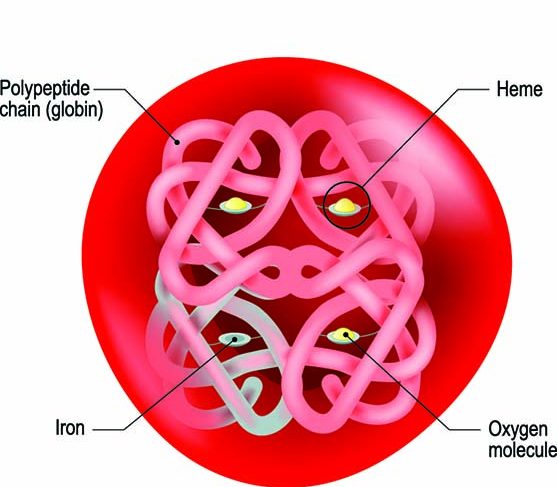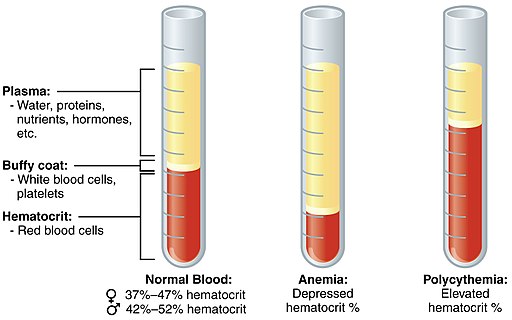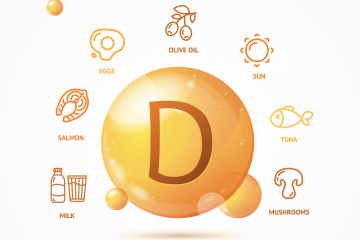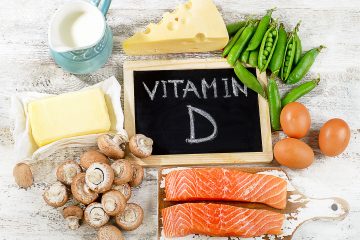The Red Blood Cell Panel for Athletes
I just watched the new fascinating ESPN documentary about Lance Armstrong. In the film, Lance describes working with now-infamous coach Dr. Ferrari. According to Lance, Ferrari’s training philosophy was “less is more…all you need is red cells.” The Red Blood Cell Panel for Athletes.
Low Red Blood Cells can Cause Training Fatigue.
By now, it’s no secret that red blood cells provide the fuel in the form of oxygen athletes need to compete at their best. That’s why the red blood cell markers are the first thing Athlete Blood Test looks at when analyzing your blood. One of the most common symptoms we hear about is training fatigue, and low red blood cell counts are often the culprit.

EPO for Athletes
Lance boosted his red blood cells by using EPO injections. But you don’t need to inject yourself with EPO to make EPO. Your kidneys make EPO naturally, which then travel to your bone marrow to stimulate more red blood cell production. The bone marrow is by no means lazy; it cranks out something like 200 billion new red blood cells per day for the average person. That’s 200 with a B! The new red blood cells, called reticulocytes, are slightly larger than the red blood cell. Over about a day, the reticulocytes transform into red blood cells by basically eliminating everything that doesn’t have to do with carrying oxygen. Reticulocytes are not routinely ordered blood test. But for athletes, we feel it’s important to get a glimpse at your red blood cell production.
Hemoglobin

After the transformation from reticulocyte to mature red blood cell, we are left with a cell full of hemoglobin, lots and lots of hemoglobin – like 250 million or so. Hemoglobin is the holy grail, especially for endurance athletes. The higher your hemoglobin, the better, up to a point. That’s because your blood is not only red blood cells. Hematocrit is the portion of your blood composed of red blood cells, as you can see by the image below.

Optimal Hemoglobin Levels for Athletes
Luckily, most of the athletes we test, have the right amount of red blood cells, hemoglobin, and hematocrit levels. The typical female athlete we tested in 2019 had a hemoglobin of 13.6, while the male athlete has an average hemoglobin level of 14.7. Both are well above the levels of anemia and fall into, what we term, the “optimal” athlete range.
Since athletes need red blood cells more than the average person, our ideal ranges are higher than standard. We have data that suggest athletes feeling training fatigue at hemoglobin levels above normal but below the target level.
So if hemoglobin is the most important, what are all those other markers are for?
The Red Blood Cell Panel for Athletes
Our standard red blood cell panel also includes MCH, MCHC, RDW MCV, and platelets. Aside from platelets, these acronyms measure the size and shape of your red blood cells. They become useful if we detect problems with your red blood cells. Sometimes they can be used to predict early signs of anemia. We always cross-reference these markers with other markers to determine the root cause.
MCV for Athletes
For example, if MCV is high, it is often concluded that low B12 or folate is the culprit. Our data shows this is not the case at all. Athlete Blood Test, surprisingly, often see the opposite – which is high B12 and high MCV. So we always want to cross-reference your MCV with B12 and folate if high, or with iron if MCV is low.
How to raise hemoglobin?
Addressing deficiencies of iron, B12, and folate to help build red blood cells is an excellent place to start. However, many, if not most athletes, have normal levels of these micronutrients. Boosting testosterone, which stimulates EPO production, is another way. But since testosterone is banned, much like EPO, increasing levels can take time, and there is no guarantee that lifestyle efforts will work. Some athletes go train at altitude, which is likely beneficial. However, our data, though limited in this regard, shows that hemoglobin levels usually come back to baseline fairly quickly.
Key Takeaway:
An optimal amount of red blood cells is important in preventing or treating training fatigue. Optimal levels can also help improve overall athletic performance. A simple blood test can easily track your red blood cell levels.
Shop our blood test panels.


